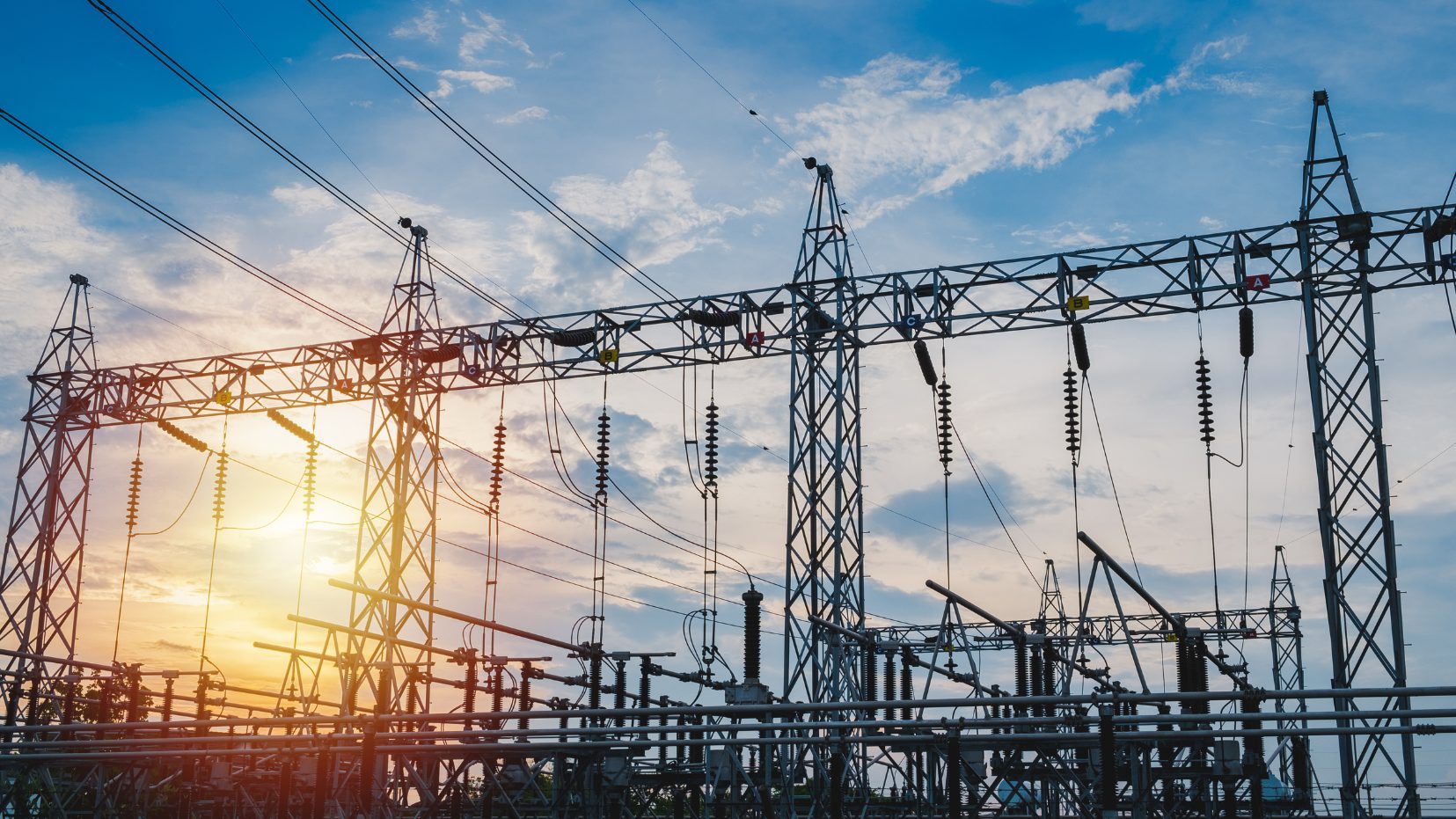How Utility Rate Changes Are Making Solar a Must-Have for Illinois Businesses

Why Solar is Becoming a Bottom-Line Strategy
Illinois businesses are at a turning point. With utility rates soaring and energy policies changing, solar is no longer just a nice-to-have—it’s a critical financial strategy. For facility managers, procurement leads, and sustainability leaders, acting now could mean the difference between controlling future costs and being caught off guard.
The Costs are Climbing—Fast
In 2023, the Illinois Commerce Commission (ICC) approved multi-year rate increases for ComEd and Ameren Illinois under a new regulatory framework.
- ComEd customers will see increases totaling more than $1.36 billion over four years (2024–2027), with the first-year impact at approximately $606 million.
- Ameren Illinois customers will face $309 million in approved increases through 2027.
These delivery rate hikes support Illinois’ grid modernization goals under the Climate and Equitable Jobs Act (CEJA) but also significantly affect customer bills. Notably, in many cases, delivery charges now surpass supply charges as the dominant cost for commercial users.
Commercial utility rates in Illinois are projected to rise 10%–20% over the next three years—depending on your usage and customer class.
The Growing Impact of Demand Charges
Illinois commercial customers are increasingly burdened with high-demand charges, which can make up 30%-70% of a monthly bill. These charges are based on the highest 15-minute usage interval during the billing cycle. Some Illinois businesses face demand charges exceeding $20/kW.
Solar can mitigate these costs if peak energy use aligns with solar production, especially in facilities with large afternoon loads. However, because solar output can vary, pairing solar with battery storage is becoming a key strategy for peak shaving, improving both cost savings and resiliency. Bonus tax credits are also available for solar-plus-storage configurations that reduce grid demand.
Time-of-Use Pricing on the Horizon

Time-of-use (TOU) rates, which vary the price of electricity based on the time of day, are expected to become more common in Illinois. Under CEJA, ComEd must implement optional TOU rates by 2026. The idea is to encourage customers to use electricity when it’s less costly to deliver—often outside of afternoon peak hours.
Solar aligns well with TOU pricing, as peak utility rates typically coincide with peak solar production. This makes solar especially valuable for businesses with flexibility in operations that can take advantage of off-peak hours.
Solar Incentives and ROI in 2025
- Illinois Shines provides Solar Renewable Energy Certificates (SRECs), covering 20%–40% of system costs depending on size, location, and program block pricing.
- The federal Investment Tax Credit (ITC) remains at 30% for most projects through at least 2032, with bonus credits for meeting prevailing wage, apprenticeship, or domestic content requirements.
- Illinois offers property tax exemptions for solar systems.
- Businesses can also leverage accelerated depreciation (MACRS) at the federal level for substantial first-year write-offs.
Combined, these incentives enable typical commercial solar projects to achieve payback periods of 3–7 years, with internal rates of return often between 15%–20%.
Why Acting Now Makes Sense
Several factors make early action advantageous:
Federal tax credits are gradually stepping down.
To claim the full 30% federal ITC after 2025, most commercial projects must meet prevailing wage and apprenticeship requirements. Otherwise, the credit drops sharply.
Grid interconnection queues are lengthening.
ComEd reported in Q1 2024 that commercial solar interconnection requests now face average wait times of 9-12 months in many areas.
Incentive funding is limited.
Illinois Shines block funding operates on a first-come, first-served basis with periodic funding caps that can be reached
Turning Energy Risk Into Opportunity
The convergence of rising utility rates, changing rate structures, and strong incentive programs has created an unprecedented opportunity for Illinois businesses to benefit from solar energy investments. Beyond the environmental benefits, solar now represents a strategic financial decision that can provide businesses with greater energy independence, predictable costs, and significant savings over time.
As Illinois utility rates continue their upward trajectory, companies that act decisively to incorporate solar and storage into their energy strategy will gain a meaningful competitive advantage in managing one of their most significant operational expenses.
For Illinois businesses looking to thrive in an era of energy transformation, the question is no longer whether solar makes financial sense, but rather how quickly they can implement a solution tailored to their specific energy needs.
Ready to Future-Proof Your Energy Strategy?
Explore how solar and storage can cut costs—and secure today’s incentives. Talk with our expert team about a custom solar analysis for your business or facility.
